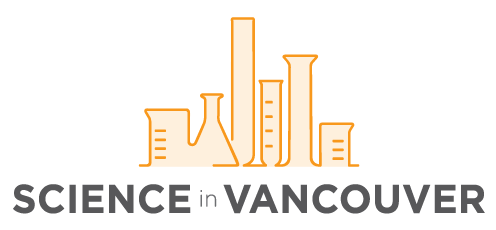
This week, we profile a recent publication in Drug Resistance Updates by Dr. Santiago Ramón-García (pictured) and the Thompson Lab from UBC. Dr. Ramón-García’s research focuses on tuberculosis (TB), historically the world’s deadliest infectious disease.
Dr. Ramón-García, an Associate Research Professor from the Research and Development Agency of Aragon (ARAID) Foundation, is based at the University of Zaragoza and leads the team of Discovery and Development of Antimicrobials and Mechanisms of Drug Resistance (D2AMR). His research team focuses on the development of new antimicrobial therapies with both de novo and drug repositioning approaches in combination therapies. The ARAID group is heavily involved in the development of optimized therapies against tuberculosis, especially within the context of the ERA4TB project where Dr. Ramón-García is the work package leader of in vitro profiling.
Learn more about their findings in the paper, “Sanfetrinem, an oral β-lactam antibiotic repurposed for the treatment of tuberculosis,” in our Q&A with Dr. Ramón-García.
Can you provide a brief overview of your lab’s current research focus?
In 2021, an estimated 4.71 million people died with antibiotic-resistant infections, and 1.14 million deaths were directly caused by them. Although millions of deaths could be avoided by 2050 with better use of antibiotics, the availability of new treatments to combat these diseases is decreasing. Traditionally, antibiotics are administered as monotherapy, which limits their effectiveness when resistance develops. The use of pharmacologically compatible antibiotics in synergistic combinations, and with optimized dosages, can improve treatment and prevent the development of resistance.
I lead or contribute to several programs on the development of novel antimicrobials, either using a repurposing approach (PMID: 23165468, 26270480, 33916775, 36830246, 37660210) against different microbial pathogens or a de novo development approach for cystic fibrosis-related infections (PMID: 39069229), for which I have held several minor grants. To achieve these objectives, classical microbiology techniques are combined with pharmacokinetic and pharmacodynamic methodologies. Specifically, the main methodologies include static models (kill kinetics) and dynamic models (hollow fiber system model), within the strictest reproducibility parameters (PMID: 37091238, 38632083), combined with pharmacological models. Specifically, the hollow fiber technique has been implemented in our group within the ERA4TB project both at biosafety level 2 and level 3 (PMID: 38632083). This technique is qualified by the European Medicines Agency as a fundamental tool in the preclinical development of antimicrobial therapies. It is specifically designed to reproduce the pharmacodynamic profiles of compounds in plasma and at the infection site, which, together with pharmacological models, allows for better translational projections to inform dose selection in the design of clinical trials.
What is the significance of the findings in this publication?
Sanfetrinem was an oral beta-lactam already successfully developed by GSK to Phase 2 trials for other indications (Gram-positive/-negative infections; not TB), but its development was terminated due to commercial considerations. This was back in the 1990s.
As a UBC Research Associate in Dr. Charles Thompson’s lab, I moved to the facilities of GSK in Tres Cantos, Madrid, Spain, with a Tres Cantos Open Lab Foundation (TCOLF) project. In this project, we performed a screening of a library of beta-lactams and identified Sanfetrinem as having a strong activity against Mycobacterium tuberculosis.
This was very exciting because it was an in-house repurposing approach, since the compound had already reached the clinic. After this, the paper described all the preclinical characterization of the compound, which supports its potential as a TB drug. This is an advancement in the field because sanfetrinem is an oral drug, while most of the other beta-lactams currently used for TB therapy are intravenous drugs (for example, meropenem). Being able to treat a patient orally instead of by intravenous infusion is a massive improvement, especially in some countries where access to healthcare is compromised.
What are the next steps for this research?
The discovery was patented and GSK is now clinically developing it.
If you’d like us to mention your funding sources, please list them.
This work was supported by grants from the People Programme (Marie Skłodowska Curie Actions) of the European Union’s Seventh Framework Programme, the European Union’s Horizon 2020 research program, and the Tres Cantos Open Lab Foundation to SRG.

